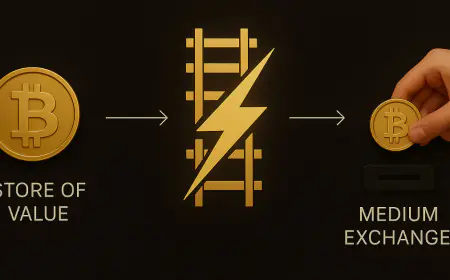It’s bizarre, but Germany might actually save Europe’s economy
Who would’ve thought that Germany, the self-acclaimed tired man of Europe (also the weirdest economy right now), is shaping up to be the unlikely hero in what can only be described as a nail-biter for the continent’s economy? Just when you thought the script couldn’t get any more dramatic, here comes my girl Germany, showing […]

Who would’ve thought that Germany, the self-acclaimed tired man of Europe (also the weirdest economy right now), is shaping up to be the unlikely hero in what can only be described as a nail-biter for the continent’s economy? Just when you thought the script couldn’t get any more dramatic, here comes my girl Germany, showing signs that she could be the linchpin in Europe’s battle against an economic downturn.
As the curtains draw back, the latest from Germany’s financial stage reveals a drop in inflation more significant than the pundits had predicted. March saw consumer prices in Germany climbing by a modest 2.3% from the previous year, a slide down from 2.7% just a month before. This isn’t just a random number; it’s the lowest inflation rate Germany has seen since the balmy days of June 2021. With energy and food costs taking a dive and the inflation of goods slowing down its pace, even a spike in the cost of services couldn’t tarnish the overall picture.
The crowd was expecting a slightly gloomier picture, with forecasts pegging inflation at 2.4% for March. But Germany, ever the showstopper, delivered a performance that was slightly below expectations, with core inflation, which tosses energy and food costs out of the equation, slipping from 3.4% to a more palatable 3.3%.
This plot twist comes at a time when the rest of Europe has been biting its nails over inflation figures. France, Italy, and Spain all threw their hats into the ring last week with inflation rises that didn’t hit the high notes many had feared, adding to the chorus that suggests a eurozone-wide deceleration in inflation in March. It’s like the entire continent is collectively holding its breath, waiting to see if this trend holds when the eurozone-wide inflation numbers are unveiled.
The European Central Bank (ECB), for its part, seems content to keep audiences on the edge of their seats, likely holding its benchmark deposit rate at a record 4% high for the seventh month in a row. With the earliest whispers of a rate cut not expected until June, it’s clear that the ECB is playing the long game, wanting to see if wage pressures ease up in the first quarter.
But here’s where it gets interesting. Even with inflation nudging closer to their 2% target, the ECB’s decision-makers are in no rush to celebrate. They’re waiting on the edge of their seats for the wage data from the first quarter, which won’t make its grand entrance until after next week’s meeting and just before the one on June 6. It’s all about timing, and it seems the ECB is willing to wait for the right moment before making its move.
Carsten Brzeski, a sage from the banking world, chimed in, noting that as long as the economy doesn’t take a nosedive, the ECB will likely keep its cards close to its chest at next week’s meeting, waiting for more data to come in by June. And Christine Lagarde, the maestro of the ECB, hinted last month that the first-quarter wage data and the bank’s new forecasts due in June are the pieces of the puzzle they’re waiting to see before making any bold moves.
Yet, not everyone’s singing the same tune. Some voices within the ECB’s governing council are already hinting at a possible rate cut sooner if inflation continues its downward trend and the eurozone economy remains in a funk. The French central bank governor even mentioned that the time for rate cuts is nigh, though he played down the importance of whether it happens in April or June.
Adding to the intrigue, the ECB’s quarterly survey threw a curveball, showing that consumer expectations for inflation over the next 12 months had dipped from 3.3% to 3.1%, the lowest since the drama unfolded with Russia’s full-scale invasion of Ukraine. And back in Germany, the spotlight was on energy prices, which saw a 2.7% decrease despite the end of price brakes on gas and electricity bills. Not to be outdone, food prices also took a surprising turn, falling by 0.7%, marking the first decline since 2015.
Amid all these plot twists, the rise in German services inflation was somewhat expected, attributed to the early arrival of Easter, which saw prices for package holidays and flights soaring. And on a month-by-month basis, German consumer prices inched up by 0.6% in March, a tad below the 0.7% forecasted by economists.
There you have it, folks.
What's Your Reaction?





































































































